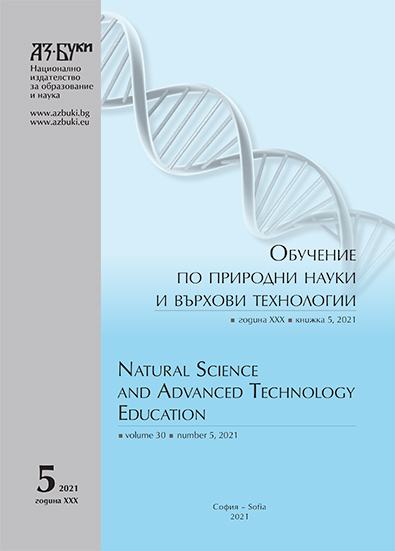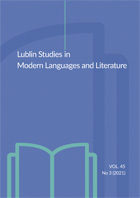
Contribution To The Reduction Of The Ship’s Switchboard By Applying Sensor Technology
The paper discusses the contribution to energy efficiency by reducing the dimensions of the main switchboard (medium voltage or High Voltage – used on ship). Reducing the dimensions of the switchboards can be achieved by reducing the dimensions of the bus bars, while fully satisfying the conditions with regard to thermal and mechanical stresses. The same can be achieved by modifying some other components, such as the application of new technology for measuring current and voltage, using current and voltage sensors that fall into the category of completely new technological solutions. By replacing conventional measuring transformers (IT), compact and efficient sensor technology significantly contributes to reducing the dimensions and mass of switchboards, which ultimately contributes to energy efficiency. Previous applications, the possibility of improving existing solutions, especially in applications in marine power systems, and new technological solutions that contribute to the efficiency of the marine power system using the Rogowski coil sensor and voltage divider voltage sensors are also considered.
More...


